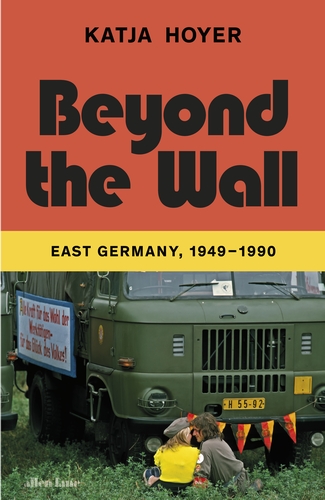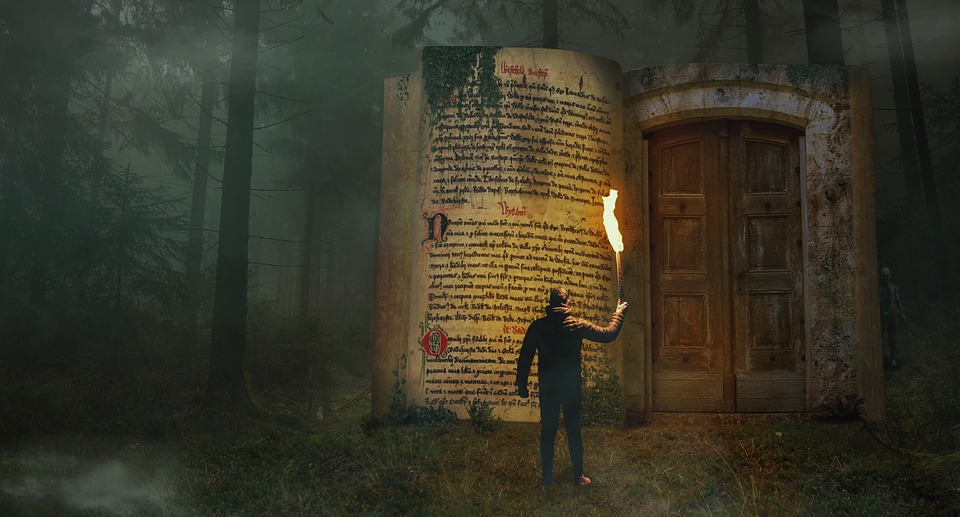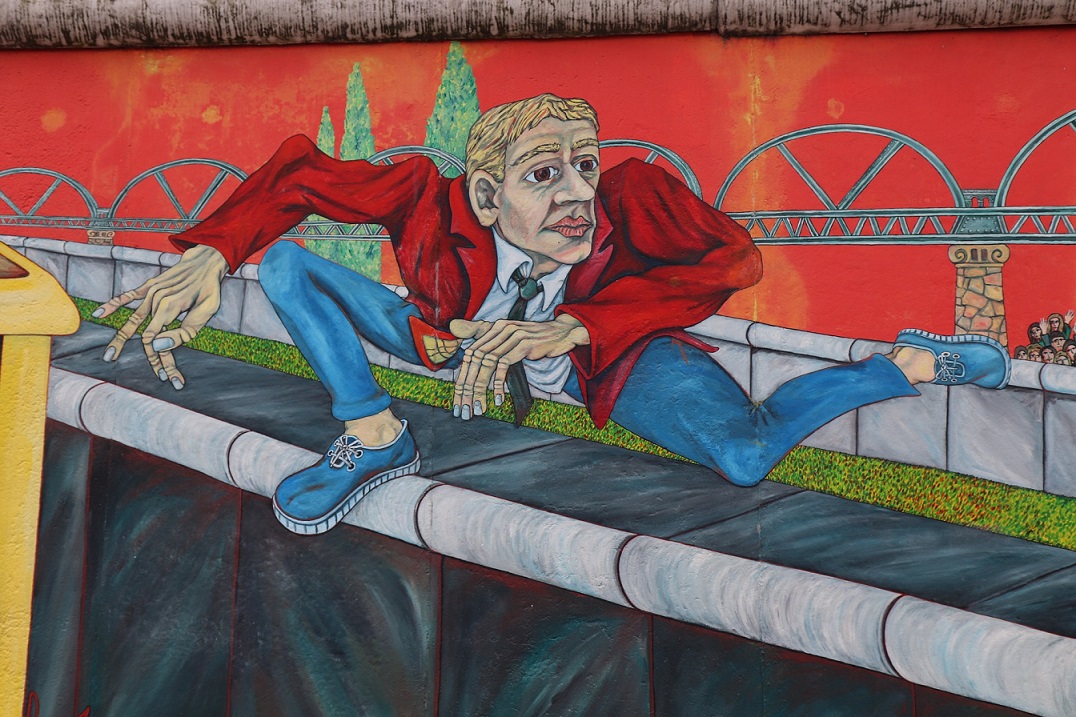The creation of a West and East Germany did not come about by design. Stalin wanted a buffer between the USSR and the West, not a separate, self-governing German state, and he looked to German communists who had fled to Russia during the 1930s and survived his purges.
 Sean Sheehan
Sean Sheehan
Their task was enormous: a war-ravaged land, a broken civil society, traumatized people. The introduction of a new currency by the US in Berlin’s western-controlled zones, economically linked to the eastern zone, was viewed as a threat and Germany’s division came to seem inevitable
Many of these leaders had suffered persecution under Nazism but they did not question the need for one-party rule in what became the German Democratic Republic (GDR) in 1949. A genuine socialist idealism convinced them it was necessary to hold tightly the reins of command and, unlike West Germany, did not allow former Nazis back into positions of power and influence.
When the US-led, anti-communist defence bloc of NATO sanctioned the build-up of armed forces in West Germany, Stalin panicked and in 1952 offered a reunification of Germany as a neutral state. The offer, turned down by the West, has been conveniently dismissed as a propaganda ploy but numerous documents testify to its seriousness.
A cost of living crisis in 1953 led to riots in the GDR, stoked by the US, which were crushed by Soviet forces; executions took place. This led to the cancellation of reparations to the USSR and the economy improved but it also precipitated a build-up of internal security – the dreaded Stasi – and the workings of a police state.
 At the same time there was progress: a kindergarten system allowed mothers to continue their employment and careers and although gender equality was not always achieved it was striven for earnestly; rents were subsidized; car ownership – thanks to the trusty Trabant – was on a par with Britain by the late 1980s.
At the same time there was progress: a kindergarten system allowed mothers to continue their employment and careers and although gender equality was not always achieved it was striven for earnestly; rents were subsidized; car ownership – thanks to the trusty Trabant – was on a par with Britain by the late 1980s.
But, as Hoyer observes, socialism hinders above-average lifestyles and middle and upper class professionals were increasingly departing for West Germany in hope of a higher standard of living. This led to the construction of the Berlin Wall and the end of open borders.
“Beyond the Wall” is a thoughtful and fair-minded book, fully aware of what was worthy about the GDR, its economic disadvantages and a sclerotic political leadership that failed miserably to modernize its politics. Change was in the air and it was citizens and not its politicians who brought about the GDR’s collapse in 1989.
 Hoyer is right to lament the way the GDR has been marginalized from the Germany’s national narrative, unfairly dismissed as a static and vacant society: ‘There was oppression and brutality, yes, and there was opportunity and belonging.’ Brigitte Reimann’s Siblings is eloquent testimony to this and so too are the innumerable real-life stories brought together in this account of another Germany, one in danger of being written out of history.
Hoyer is right to lament the way the GDR has been marginalized from the Germany’s national narrative, unfairly dismissed as a static and vacant society: ‘There was oppression and brutality, yes, and there was opportunity and belonging.’ Brigitte Reimann’s Siblings is eloquent testimony to this and so too are the innumerable real-life stories brought together in this account of another Germany, one in danger of being written out of history.
“Beyond the Wall: East Germany, 1949-1990”, by Katja Hoyer, is published by Allen Lane.
(Photos: Pixabay)












.jpg)












